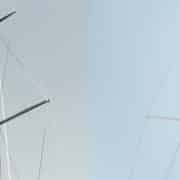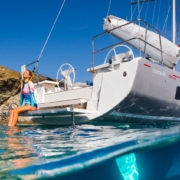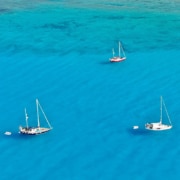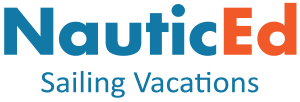The Geography of Confidence
Boating—and sailing in particular—is one of the greatest freedoms you can have. Some joke that it’s the most expensive way to travel for free. But here’s the reality: most boaters never actually leave the dock. Or if they do, they only go out in perfect weather, with little wind and minimal risk.
Why? Because without training, you’re locked to your home harbor. At best, maybe you muster the guts to hop to the next town down the coast. But your world is small. Your freedom is an illusion.
Education Expands the Map
Now flip that. When you invest in training—when you understand how boats actually work—you unlock the real geography of boating. Suddenly, night sailing is possible. Offshore passages make sense. International charters aren’t pipe dreams; they’re on your calendar.
The more you know, the bigger your map becomes. Education is the difference between being a weekend harbor-hopper and being someone who can cross oceans. It’s what separates the boat owners who sip cocktails at the dock from the ones who actually use their boats as intended—to see the world.
The Myth of “Figuring It Out”
We’ve all heard the story: some YouTube couple with zero experience buys a boat and decides to sail around the world. And somehow, they figure it out along the way. Maybe that works for people with high risk tolerance. But most of the boaters I know aren’t thrill-seekers playing roulette with their lives. They’re professionals. They’re smart. They want to understand what’s happening before they drag their spouse or kids into situations that could turn dangerous.
For them—and for most of us—education isn’t optional. It’s the only responsible path.
My First Crossing
When I first bought a boat, it was 40 feet—a big jump for someone with almost no background on the water. My first real trip was from New York City to Boston: two days, mostly at night. I didn’t have the knowledge I should have. I made it, but it was stressful. It was guesswork. It was luck. And luck is not a strategy.
For every story like mine where it works out, there are plenty where it doesn’t—boats lost, trips aborted, people getting in over their heads. The margin for error at sea is razor thin. Training reduces that margin. It gives you the skills to stay calm, to anticipate, to adapt.
Why It Matters
Boats are built to move. Yet I see offshore-capable sailboats that never leave their slip, wasted on perfect-weather day sails. Owners tell themselves it’s fine, but the truth is they’re stuck. They’ve chained themselves to their fear.
Because if you ever want to cruise, you will face bad weather at some point. You will face situations the forecast didn’t predict. And if you don’t know what to do, your world shrinks to the point where you stop going anywhere at all.
The Bottom Line
Confidence expands geography. Education fuels confidence. Without it, your boat is nothing more than a floating condo. With it, you can go anywhere—coastal towns, offshore passages, even across oceans.
The difference isn’t the boat. It’s you. And if you want to unlock the map, education is the key.
You can learn more with NauticEd
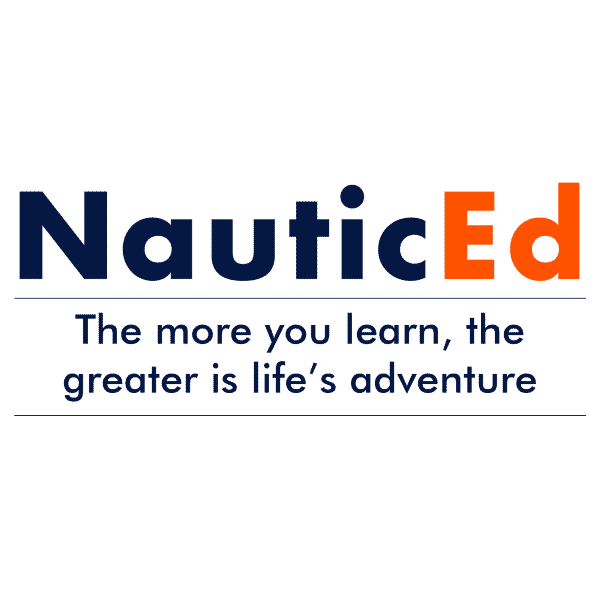
Sign up with NauticEd for FREE (no obligation) and receive 2 free boating courses, a free eLogbook and boating resume, and more! If you want to get started in boating or are experienced and want to expand your knowledge and skills, consider taking our many online sailing and powerboating courses.


